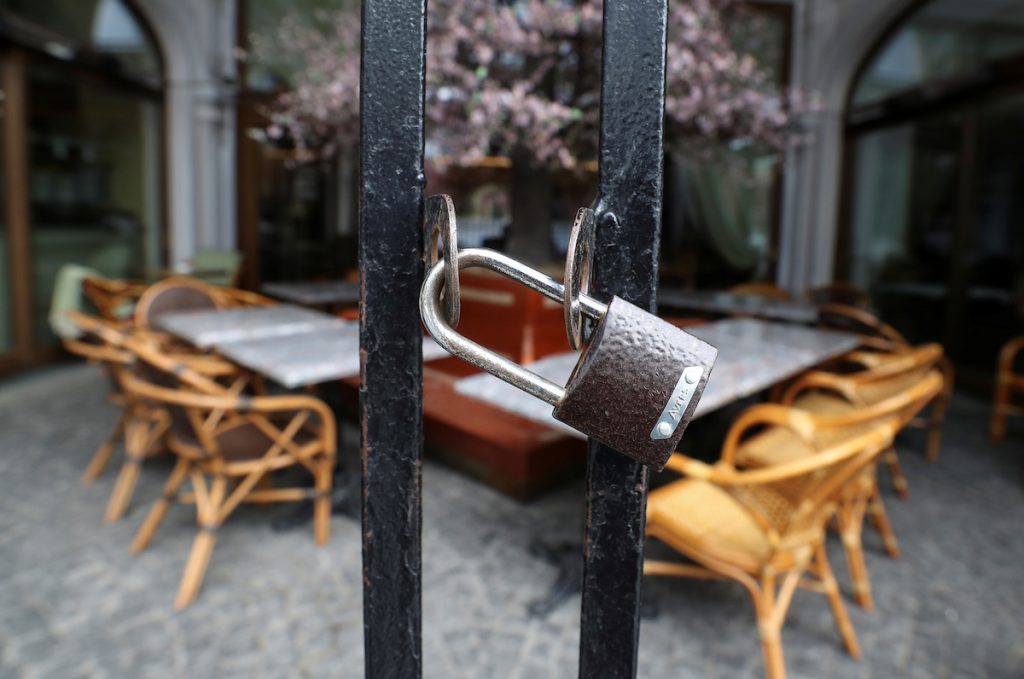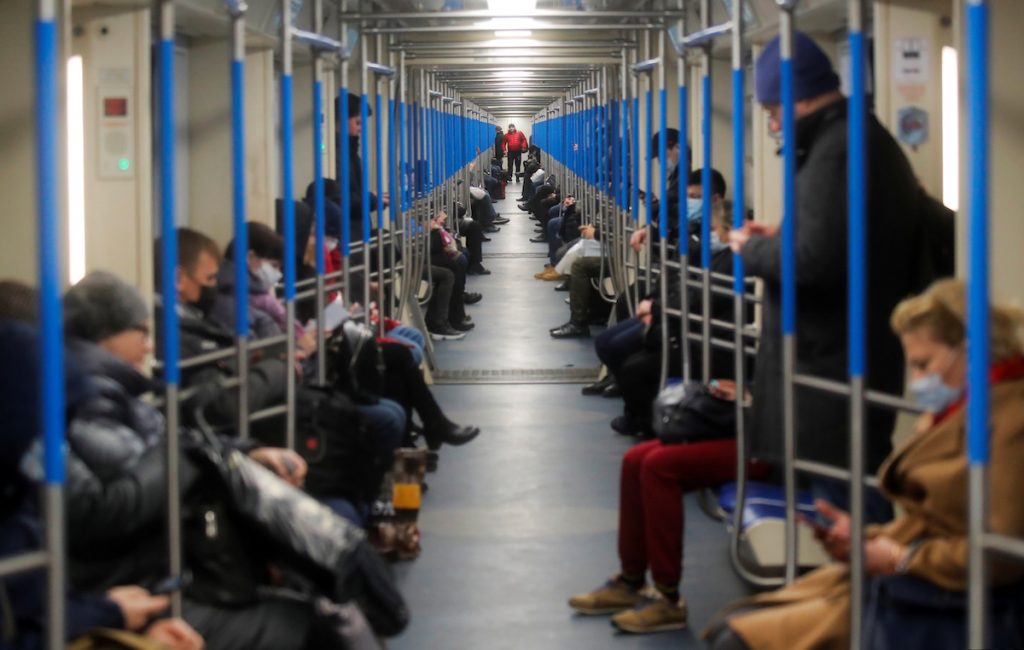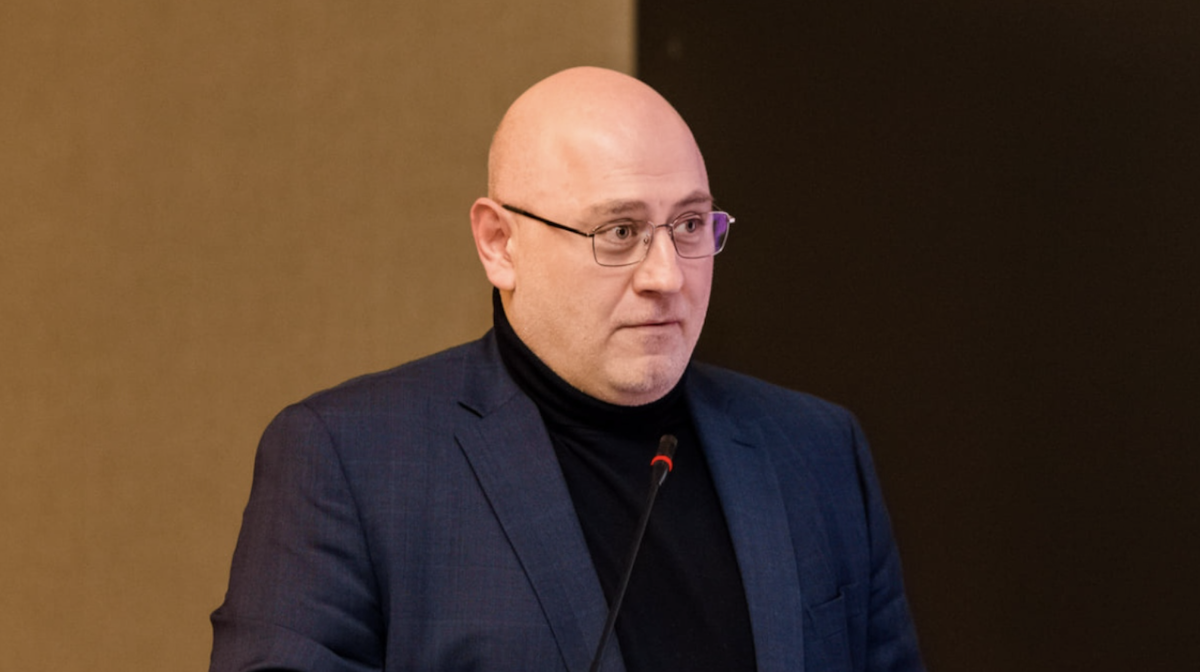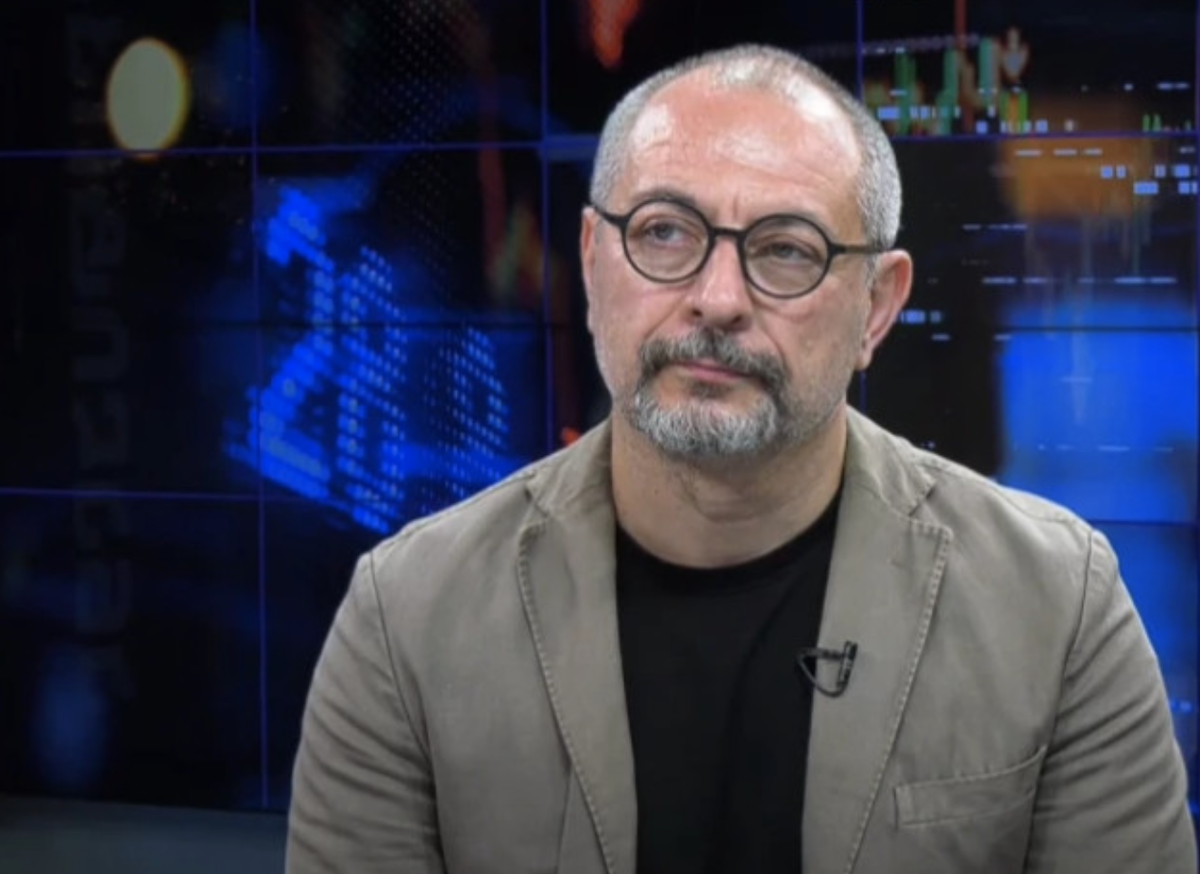“I have a fever of 37.5 °C. What do I do?" To get coronavirus treatment in Moscow, you need money, connections. Personal stories
“I have a fever of 37.5. What should I do?” my mother asks me over the phone. In another time, this low of a fever wouldn’t seem dangerous. But now, we are worried and have to act.
As of May 12, there are 232,243 reported cases of coronavirus in Russia. 2,116 of them have died. But doctors and experts are certain that this number is significantly underestimated.
We made the decision to pay for an urgent CAT scan. By that time, both of us had already studied enough materials from verified sources to know that the first course of action was a CAT scan, and second was a test.
The image showed mild bilateral polysegmental pneumonia. Later, our regular doctors would explain to me that this diagnosis almost certainly means coronavirus.

“You don’t need a test”
So, we have a conclusive bit of evidence in our hands saying that mom has viral bilateral pneumonia. It seems that it’s time to call the clinic where my mother is registered (as per the instructions of the city authorities) and ask for a house call.
This special operation is a failure from the very start.
A woman’s voice on the phone says something like, “Lady, we treat several hundred people a day, what do you mean a house call? Come in yourself.”
- Russia, coronavirus: suspiciously low mortality, soaring infections– and a very large number of dead doctors. Why?
- Coronavirus in the North Caucasus: cases spike, mistrust in authorities grows
My mom is a responsible person and did not want to infect anyone else. But there was no other way. Dressed in gloves and a mask, and traveling in her own car, she went to the polyclinic. There she was seen by a doctor – a virologist around the same age as her – and prescribed an antibiotic treatment.
“You don’t need a test. Why would we test you? You have mild symptoms. Go home and rest.”
Mom bought the prescribed by the doctor, which cost around $300.
For another $200, we bought a pulse oximeter, because we knew from experienced people that it would help monitor the level of oxygen in the blood.
On the first day, my mother had no symptoms other than a slightly raised temperature. But her fever did not go away.
It was impossible to reach Rospotrebnadzor (the Federal Service for Surveillance on Consumer Rights Protection and Human Wellbeing) using the number indicated for scheduling house calls. The “hot line” we called picked up the phone a few hours later and offered to call the Rospotrebnadzor.
We are told to do an urgent test, we need to confirm a diagnosis of COVID-19.
Paying for the test to be done at home costs another $100. In the best case scenario, we would get results in two days.
“The doctor may not come at all”
Mom’s test came back positive the first time. In Moscow, this is considered lucky, as many false-negative tests prevent people from starting treatment on time.
They reported the result over the phone. When asked whether the doctor would at least do a house call now, they said:
“A doctor will come to you. When? Maybe tomorrow, maybe in a week, maybe never.”
The clinic immediately told us: “We can’t come to you. If you didn’t sign the papers saying you made a commitment to stay at home, come in yourself.”
At that time, she had had a fever for at least eight days. The doctors who called us advised us to do a second CAT scan.
We did. The image showed her pneumonia was already moderate. That is when we understood that she had been given the wrong treatment. And that she needed to be hospitalized.
If you have pneumonia, a temperature of 38 °C, a positive diagnosis for coronavirus, but are not gasping for breath, then the ambulance will not come to your house.
You can only get to a Moscow hospital for free if it is already too late and there is little hope of helping you.
Cost of the ambulance – $700.
The hired ambulance comes quickly. But it can only transport us. Finding a hospital that will accept us is a whole other ordeal.
And the search for the hospital began. This is perhaps the strangest and most terrible part of the story. Due to various circumstances, I cannot describe in detail how the negotiations were conducted, and how many chief doctors swore to us that there were no beds available.
On the ninth day of her illness, our hired ambulance finally delivered my mother to one of Moscow hospitals, which was repurposed to serve COVID-19 patients.
And my mother had to pay around $700 to be admitted.
Mom ended up in a great hospital. Only there did she first confess to me out loud: “I was already certain that I would die.”
Stories from the hospital
“They can find veins, even with the quarantine gloves on! They have sweat dripping down their goggles, but they can still give injections! Amazing people! No one is even rude here!” reported my mother from her hospital bed.
Her roommates were two women – one who was around 100 years old, the other closer to 70.
You can become infected anywhere
In the hospital, my mother heard a lot of stories from people who went to self-isolation in early March and for some reason still fell ill at home a month later.
Why? No answer. After all, for a long time, my mother only went out to the store and the pharmacy.

In lieu of an epilogue
On May 9, my mother was discharged from the hospital. Her CAT scan showed significant improvements, the tests came back negative, but her blood tests were still positive.
Now the only thing left is rehabilitation. Vitamins, fresh air.
In no way am I saying that my mother’s story is the only one. It may be possible that some clinic doctors did visit people at home, and that some people’s calls to Rospotrebnadzor were successful.
I leave room for miracles and other stories. But I am skeptical about them.
Coronavirus is treatable. It depends on the age, severity, and professionalism of doctors.
But in Moscow, there are two other factors: 1) money 2) connections.
This is exactly what is ruining thousands of lives in Russia. I watch videos from my Russian colleagues about the situation in the regions and cry quietly, rejoicing that at least my mother caught the virus in Moscow. It is like a separate country from the rest of Russia, where everything is much better.
Why am I telling this story? I want people to be treated and healed. My mother, once in the hospital, began to tell her story in special groups on social networks. To save someone else’s life.
Overturning the whole system may not work. But people can always be cured. My mom and I are helping to make that number greater.


















